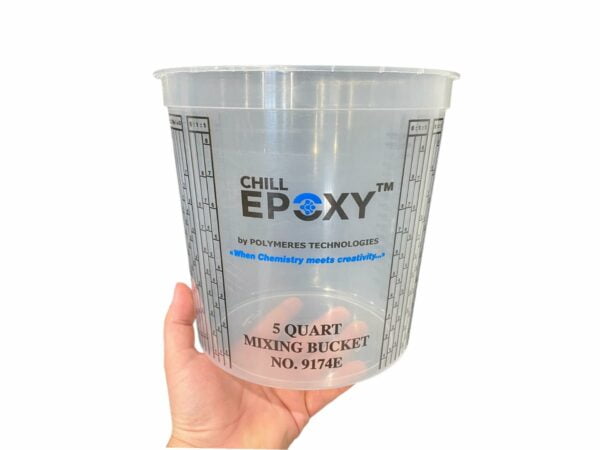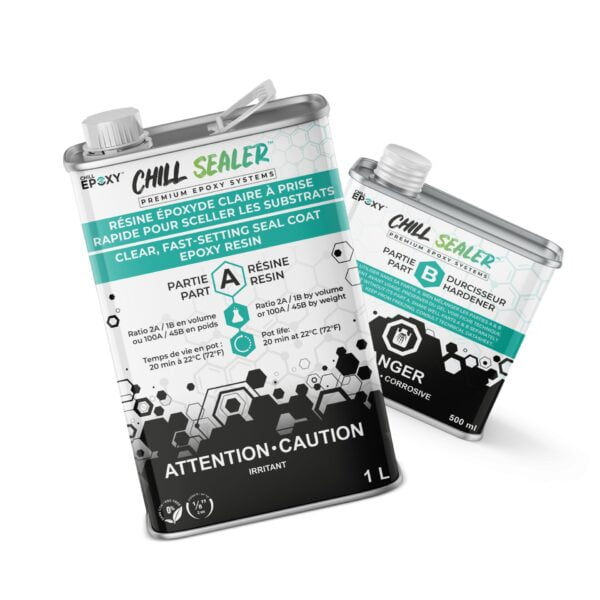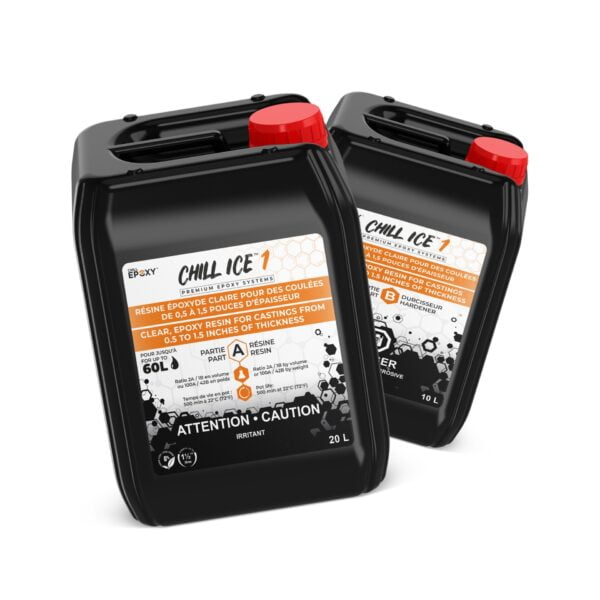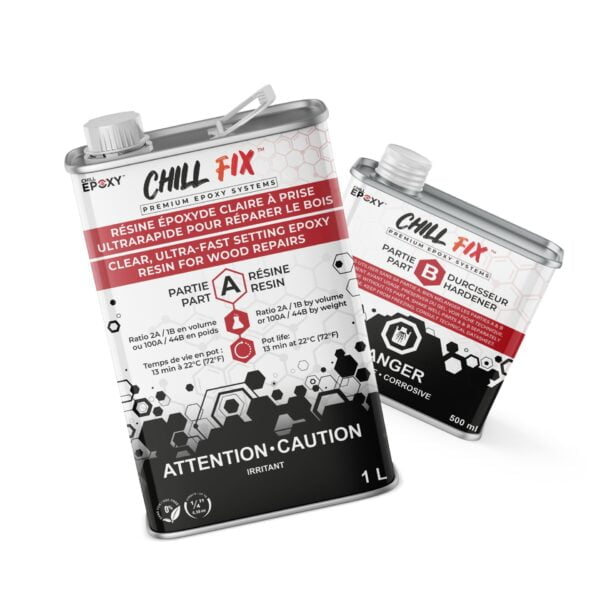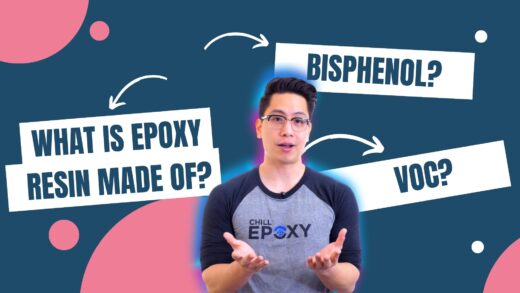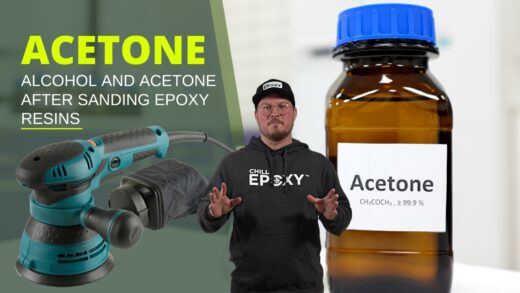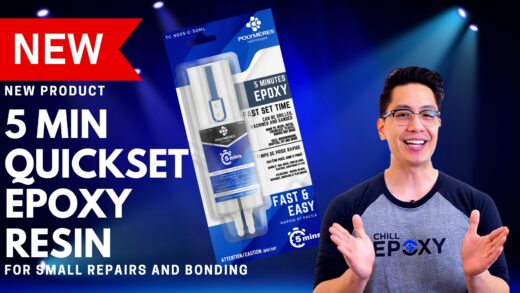Blog, Curing process
Mastering Uncontrolled Cure in Epoxy Resin Applications
Mastering Uncontrolled Cure in Epoxy Resin Applications
Epoxy Resin Applications: Preventing Costly Mistakes
Uncontrolled Cure in Epoxy Resin Applications. When it comes to epoxy resin applications, ensuring a controlled and predictable curing process is of utmost importance. Uncontrolled curing can lead to a range of issues that compromise the structural integrity and aesthetic appeal of your project. In this comprehensive guide, we will delve into the intricacies of uncontrolled cure in epoxy resin and provide you with actionable insights to avoid it.
In the realm of epoxy resin applications, mastering the prevention of uncontrolled cure is an art form that every craftsman and artisan must strive for. It’s not just about creating stunning epoxy resin pieces; it’s also about avoiding costly mistakes that can arise from neglecting a critical aspect of the process: never leaving the epoxy in mass once mixed.
 Mastering Uncontrolled Cure in Epoxy Resin Applications
Mastering Uncontrolled Cure in Epoxy Resin Applications
Epoxy resin is a versatile material with countless applications in art, construction, and various industries. However, to truly master it, you must understand the importance of preventing uncontrolled curing, which occurs when epoxy is left in mass after mixing. This section will guide you through this crucial process.
The Catalyst for Disaster
When epoxy resin components are mixed, a chemical reaction begins. This reaction involves the molecules in the epoxy cross-linking, transforming it from a liquid to a solid state. The rate at which this reaction occurs can be controlled under normal circumstances. However, leaving epoxy in mass accelerates this reaction, setting off a chain of events that can lead to disaster.
Understanding the Consequences
- Flash Curing in the Container
When epoxy flash cures in its container, it can no longer be applied effectively, resulting in wasted material and money. This is a nightmare for anyone working with epoxy resin, whether you’re a DIY enthusiast or a professional artisan.
- Shortened Working Time
Leaving epoxy in mass drastically shortens its working time. This means you have less time to apply and shape the epoxy, increasing the chances of errors and imperfections in your projects.
- Lost Material and Money
Ultimately, neglecting the prevention of uncontrolled cure can lead to significant financial losses due to wasted epoxy and ruined projects.
Expert Insights
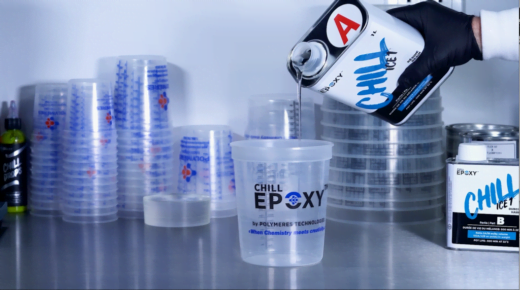
Now that you understand the importance of preventing uncontrolled cure, let’s delve into some expert insights and practical tips to help you master this aspect of epoxy resin applications.
- Work Efficiently
Efficiency is key when working with epoxy. Have everything prepared and organized before you mix your epoxy to minimize the time it sits in mass.
- Use Smaller Batches
Instead of mixing a large batch of epoxy, consider working with smaller, more manageable quantities. This can help extend your working time and reduce the risk of uncontrolled curing.
- Invest in Slow-Cure Epoxy
Slow-cure epoxy formulations are available and can give you more working time, especially for larger projects where speed is a concern.
- Keep Your Workspace Cool
Higher temperatures can accelerate the curing process. Try to work in a cool environment, especially during hot weather.
Understanding Uncontrolled Epoxy Resin Cure
Uncontrolled cure, in the context of epoxy resin, refers to the unintended and undesirable acceleration of the curing process. This can occur due to various factors, including temperature fluctuations, improper mixing ratios, and inadequate surface preparation. When epoxy resin cures too quickly or unevenly, it can result in the following issues:
- Reduced Strength and Durability
Epoxy resin that cures too rapidly may not have sufficient time to bond effectively with the substrate. This can lead to reduced strength and durability, making your project susceptible to structural failures.
- Surface Imperfections
Uneven curing often results in visible surface imperfections, such as bubbles, streaks, or an uneven finish. These flaws can be especially problematic in applications where a smooth and flawless surface is essential, such as in woodworking or boat building.
- Wasted Material
Uncontrolled cure can cause epoxy resin to harden prematurely, resulting in wasted material that cannot be used for your intended purpose. This can lead to increased project costs and environmental concerns.
Factors Contributing to Uncontrolled Cure
To effectively prevent uncontrolled cure, it’s essential to understand the factors that contribute to it. Here are some key factors to consider:
- Temperature and Humidity
Temperature and humidity levels can significantly influence the curing time of epoxy resin. High temperatures and humidity can accelerate the curing process, while cold and dry conditions can slow it down. Maintaining optimal environmental conditions is crucial.
- Mixing Ratios
Accurate measurement and mixing of epoxy resin and hardener are vital. Deviating from the recommended ratios can lead to inconsistent curing and diminished product performance.
- Surface Preparation
Proper surface preparation, including cleaning, sanding, and priming, ensures a strong bond between the epoxy resin and the substrate. Inadequate preparation can result in adhesion issues.
- Epoxy Type and Formulation
Different epoxy formulations have varying curing characteristics. Choosing the right epoxy for your specific application is essential to achieve the desired results.
Preventing Uncontrolled Cure
Now that we’ve explored the challenges of uncontrolled cure, let’s discuss strategies to prevent it and ensure successful epoxy resin applications:
- Temperature Control
Maintain a controlled environment within the recommended temperature and humidity range for your epoxy resin product. Consider using temperature-controlling devices for larger projects.
- Accurate Mixing
Always follow the manufacturer’s instructions for measuring and mixing epoxy resin and hardener. Use calibrated measuring tools to ensure precise ratios.
- Proper Surface Preparation
Thoroughly clean and prepare the substrate to promote optimal adhesion. Surface contaminants and irregularities can hinder the curing process.
- Choosing the Right Epoxy
Select an epoxy resin formulation that aligns with your project’s requirements. Consult with epoxy experts or product data sheets to make an informed choice.
- Testing and Monitoring
Conduct test applications and monitor curing times to identify any potential issues before committing to a larger project. This proactive approach can save you time and resources.
In conclusion, mastering controlled curing in epoxy resin applications is essential for achieving outstanding results. By understanding the factors that contribute to uncontrolled cure and implementing preventive measures, you can ensure your epoxy projects are not only visually appealing but also structurally sound. Remember that epoxy resin applications require precision, so attention to detail and adherence to best practices are paramount for success.
Mastering uncontrolled cure in epoxy resin applications is a skill that can save you both time and money. By understanding the consequences of leaving epoxy in mass after mixing, and by implementing expert tips, you can create stunning epoxy resin projects without the fear of costly mistakes. Remember, efficiency and proper preparation are your allies in this endeavor.
Check our bestsellers!
Frequently Asked Questions
Q: What happens if epoxy resin starts to cure too quickly? A: When epoxy resin starts to cure too quickly, it becomes difficult to work with, leading to potential imperfections in your projects.
Q: Can I salvage epoxy that has started to flash cure? A: Unfortunately, once epoxy starts to flash cure, it cannot be salvaged, and any unused portions should be discarded.
Q: Does humidity affect epoxy curing? A: Yes, humidity can affect epoxy curing. Higher humidity levels can slow down the curing process, while low humidity can accelerate it.
Q: Are there ways to extend the working time of epoxy? A: Yes, working efficiently, using smaller batches, and working in a cool environment are all methods to extend the working time of epoxy.
Q: Is it possible to reuse epoxy that hasn’t fully cured? A: No, Epoxy that hasn’t fully cured cannot be mixed with fresh epoxy.
Q: Can epoxy resin cure too slowly? A: Yes, epoxy resin can cure too slowly, especially in cold temperatures. In such cases, consider using a heat source to speed up the curing process.
For more information on this topic, our products, available formats, or any questions regarding our resins, please do not hesitate to reach out to us at sales@polymerestechnologies.com. Our knowledgeable team is here to assist you and provide all the information you need. We look forward to hearing from you!


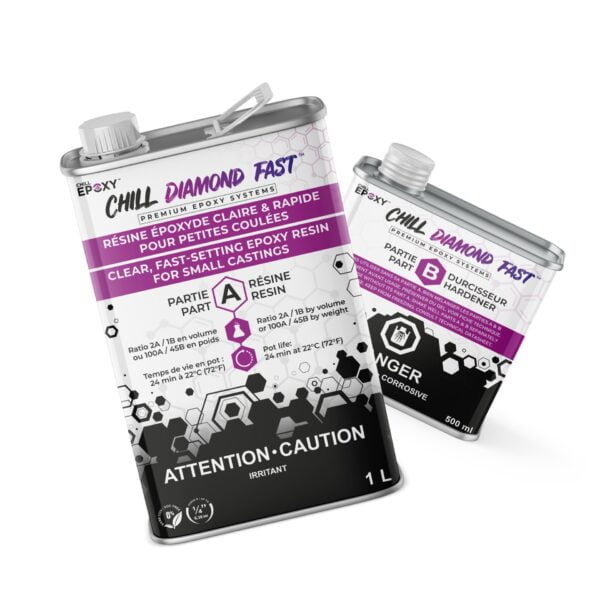

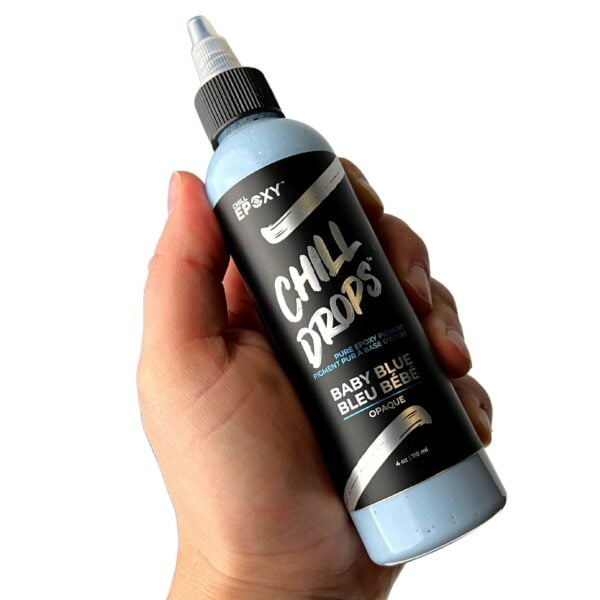

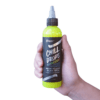

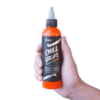
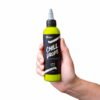

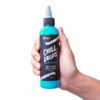
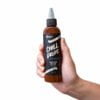
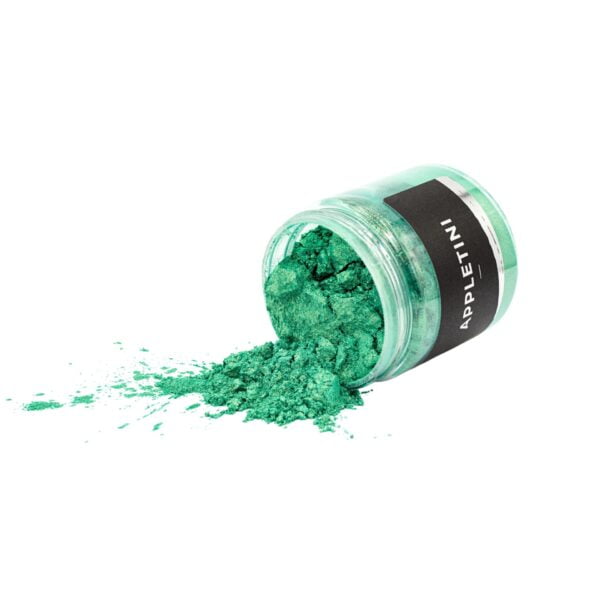
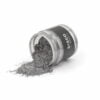
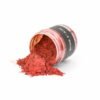
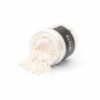





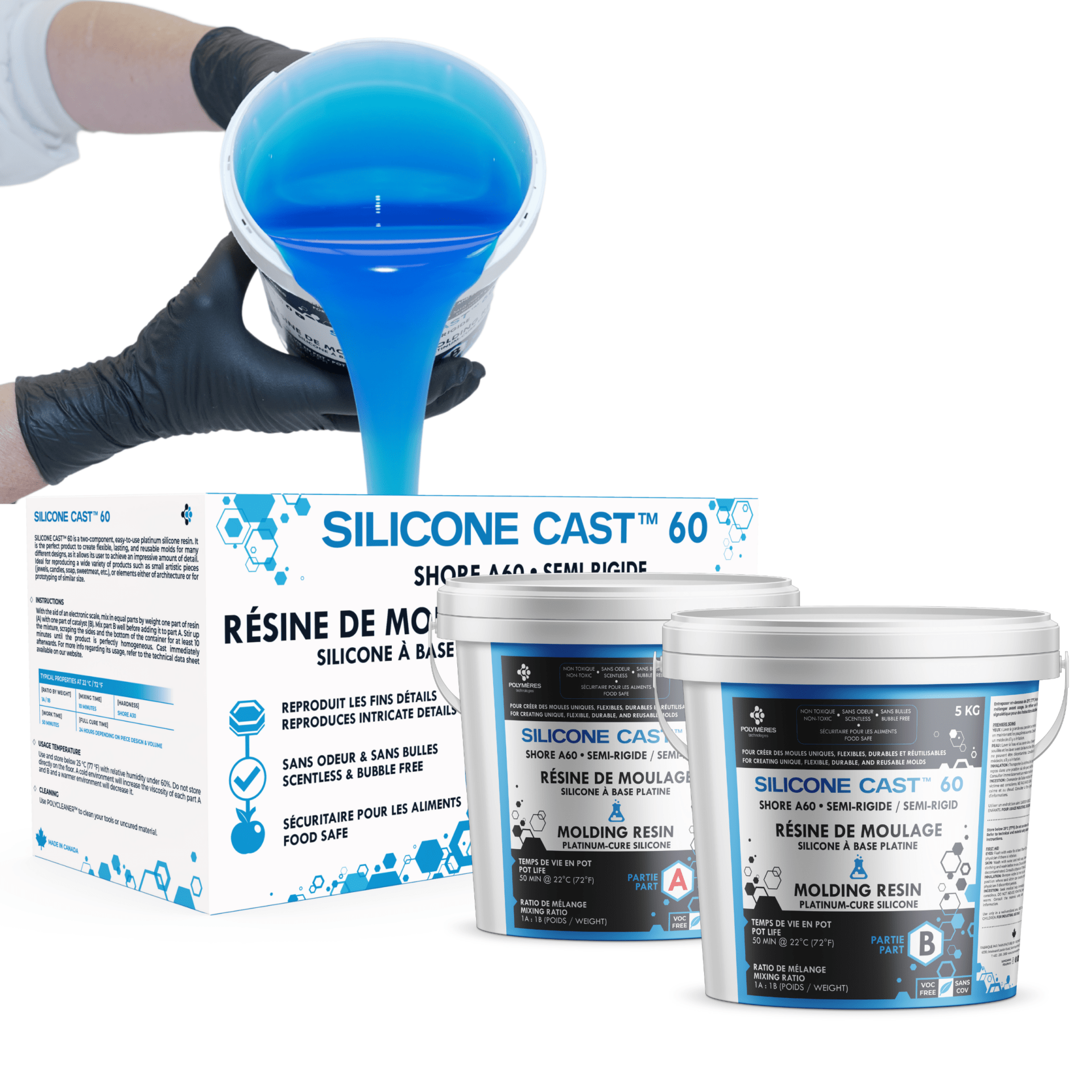

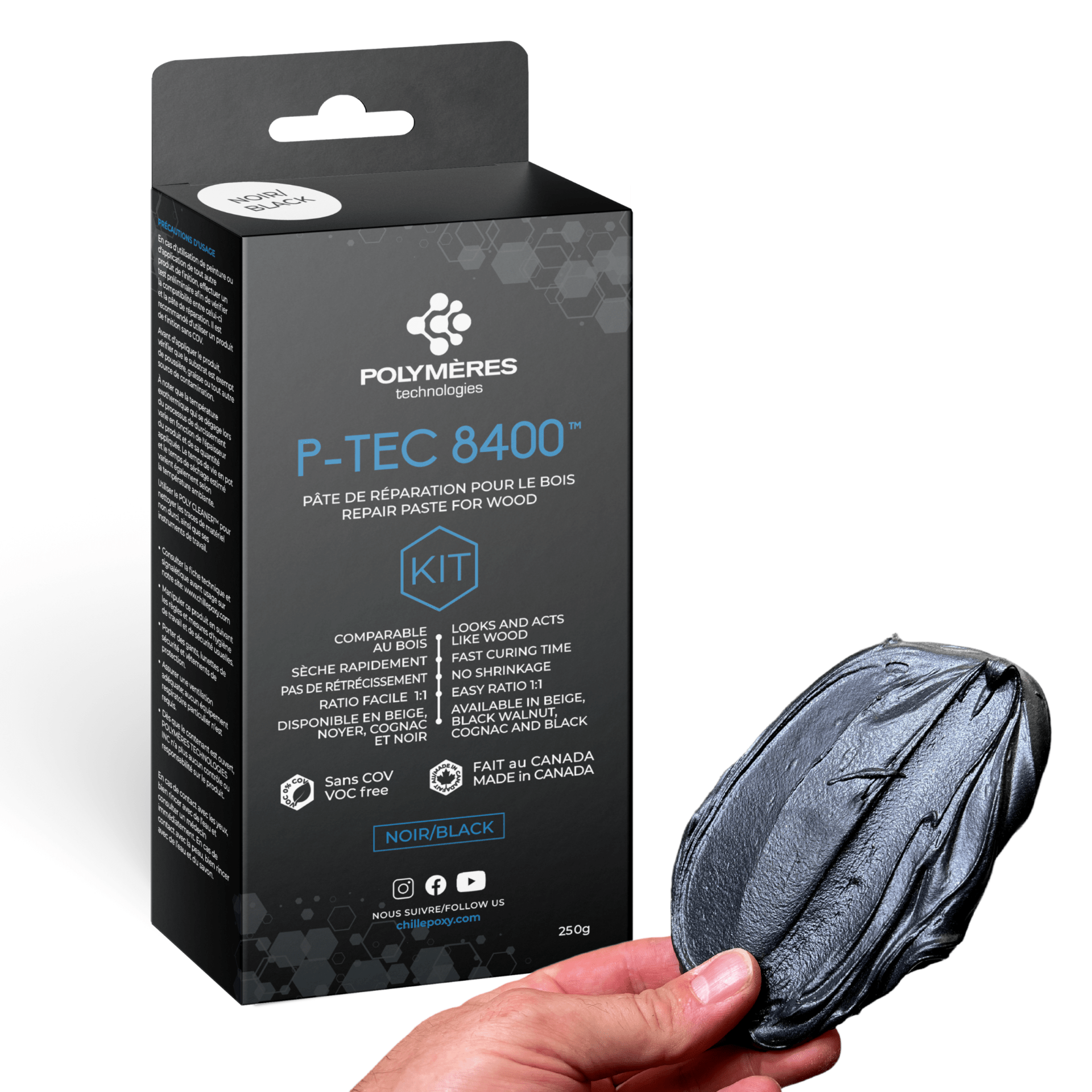
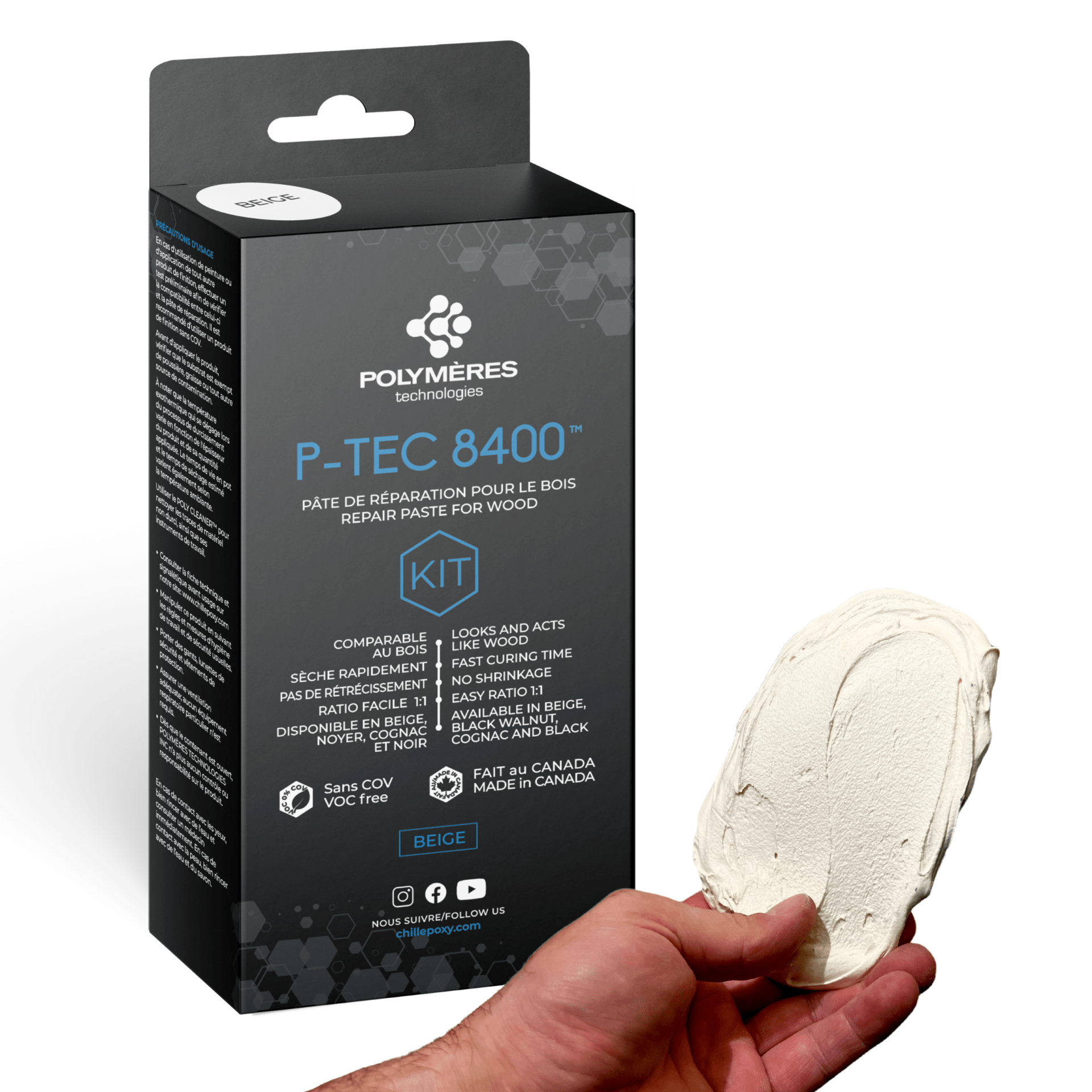
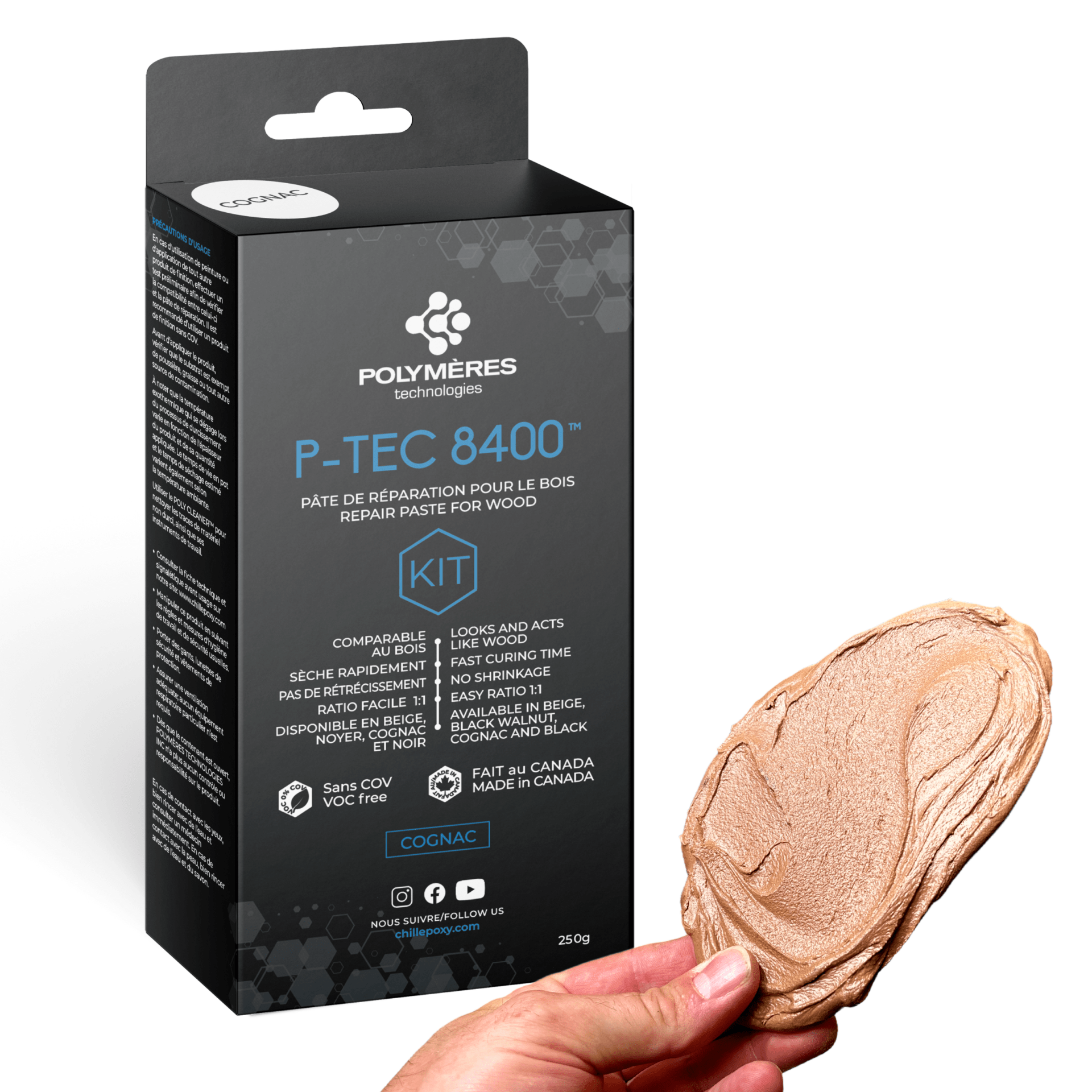
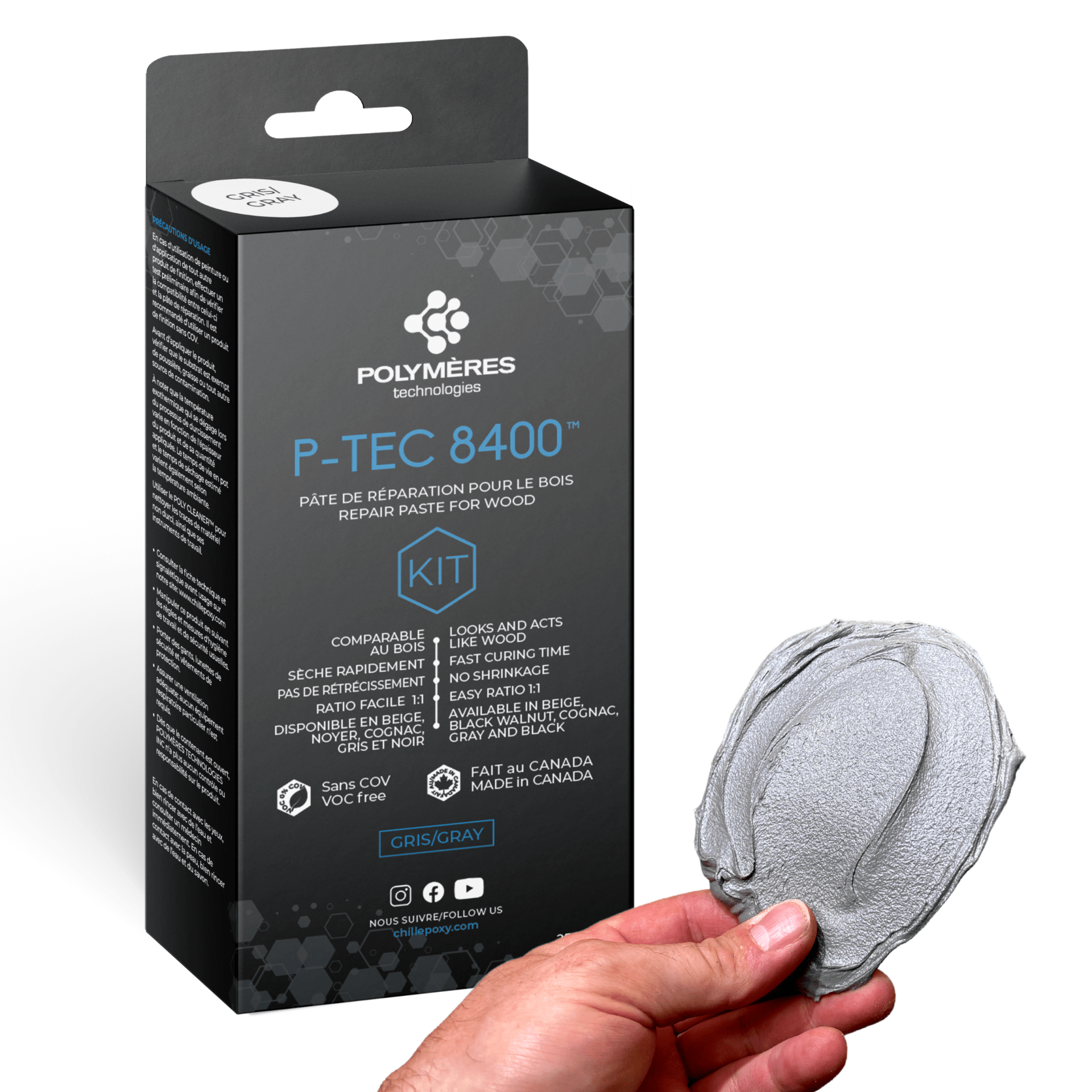

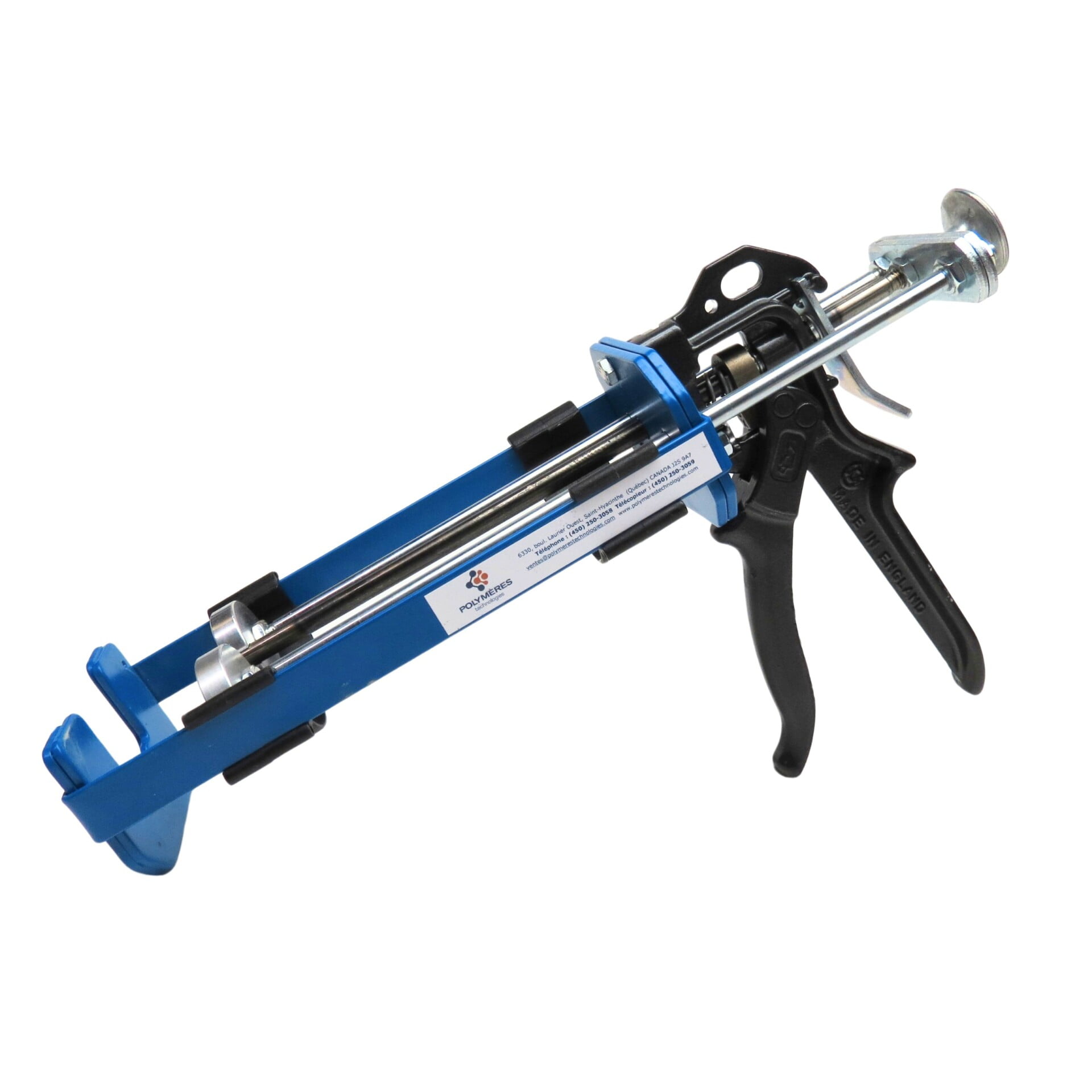

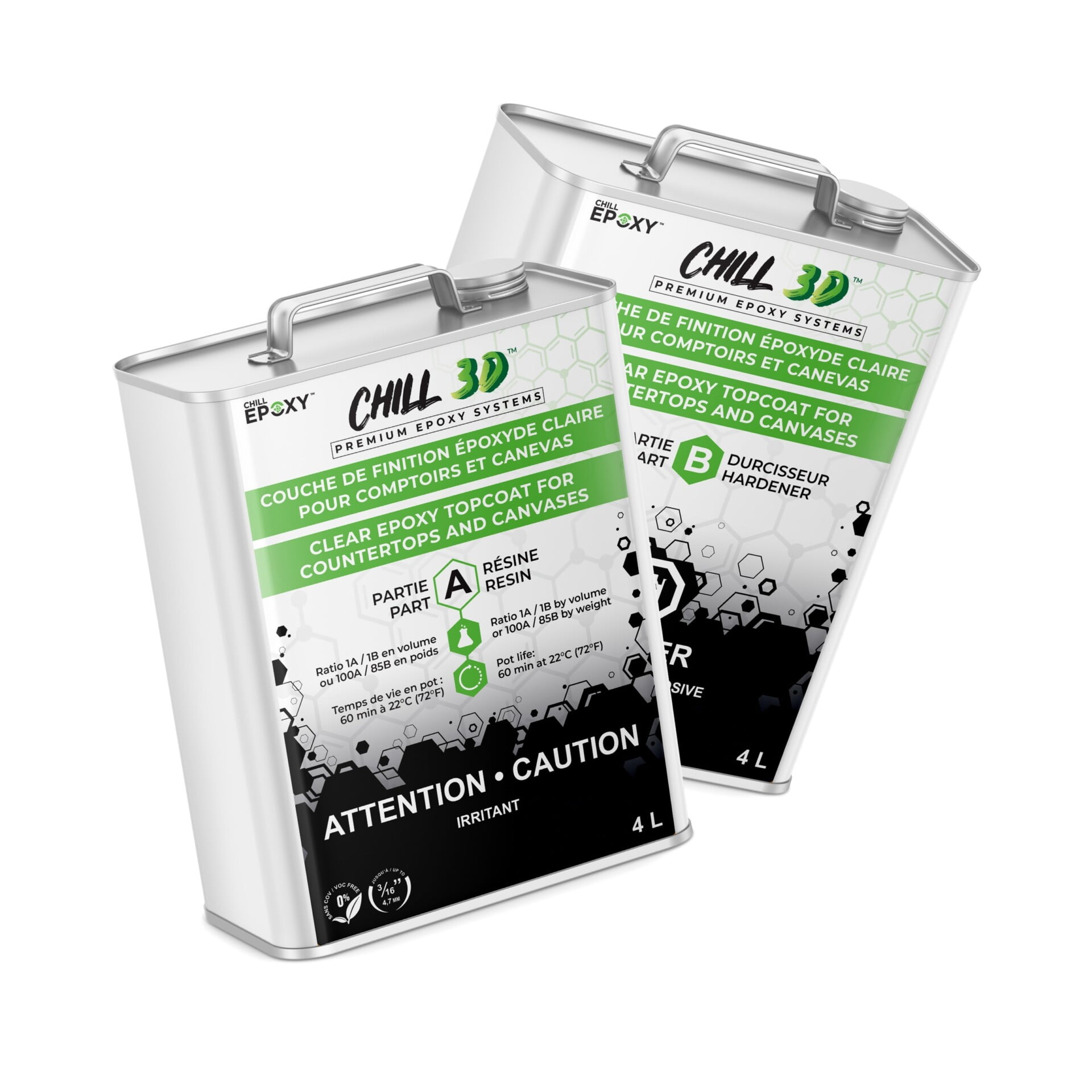

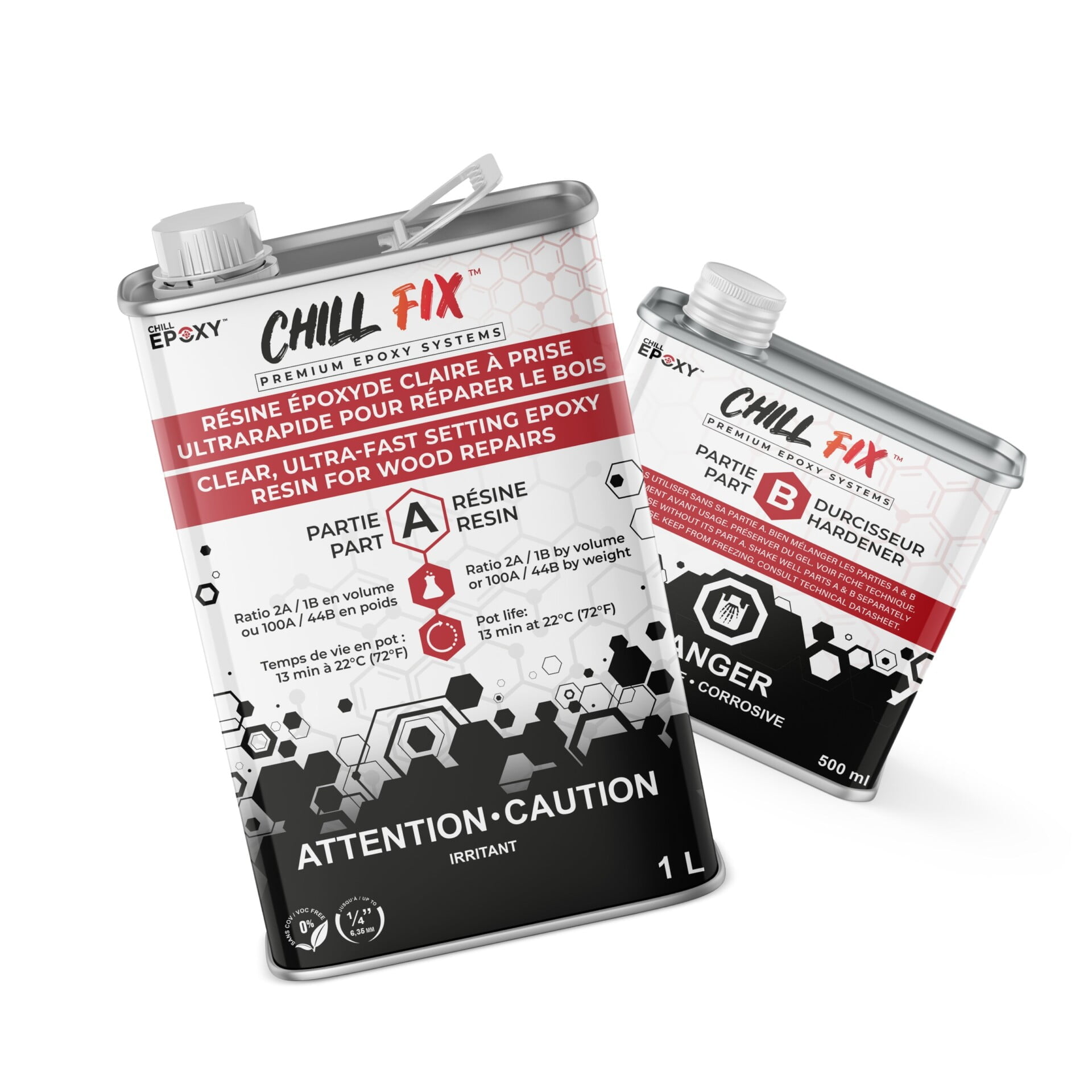

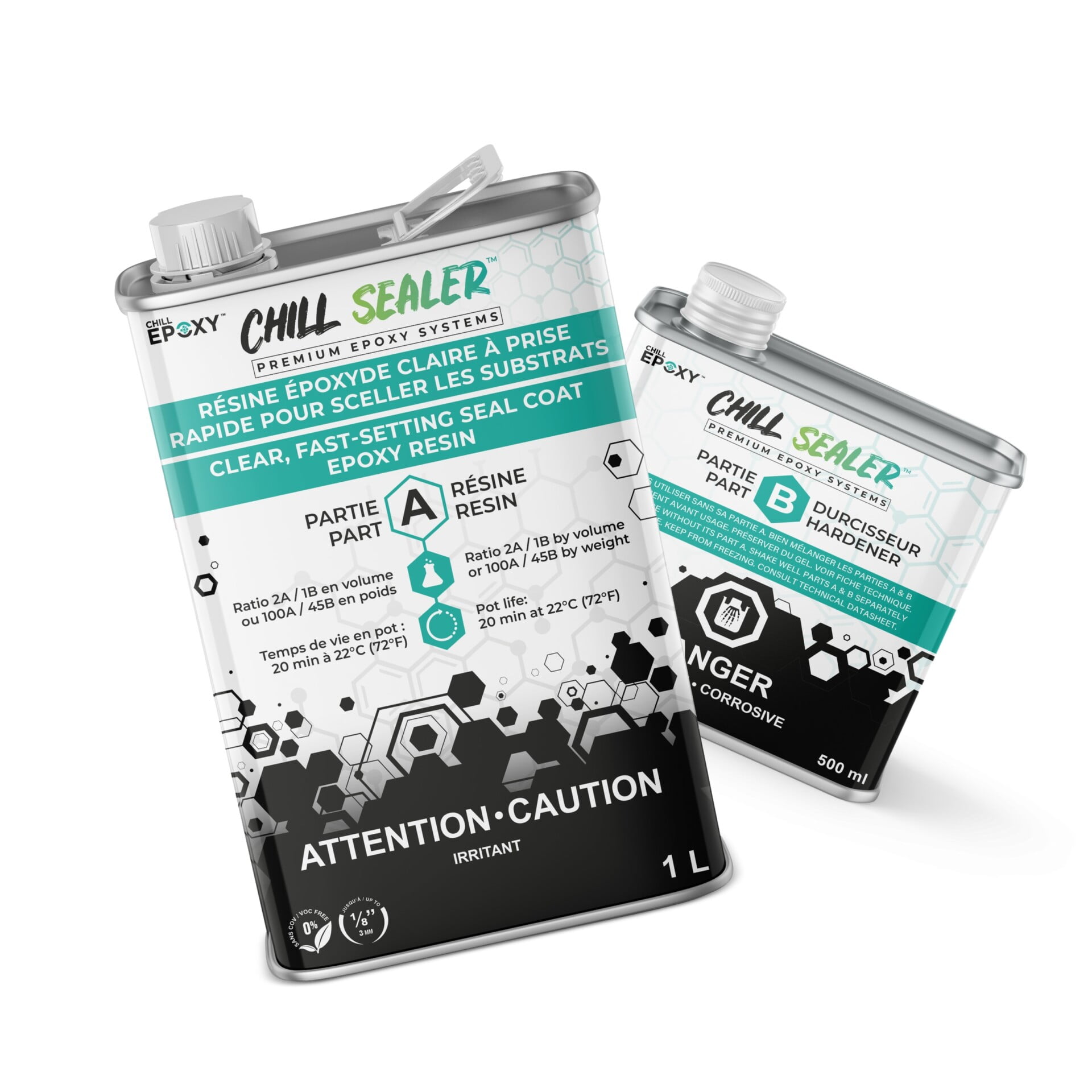
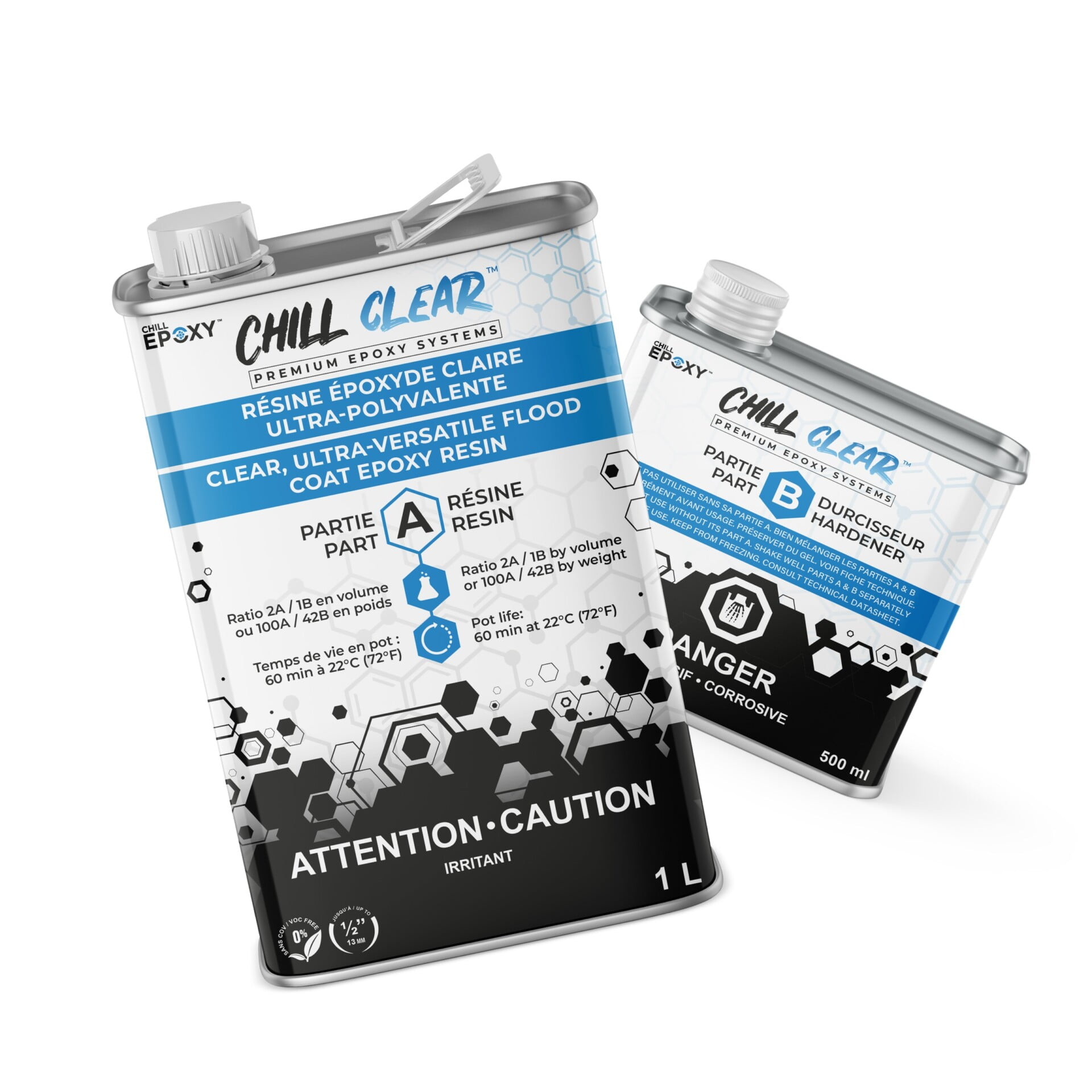


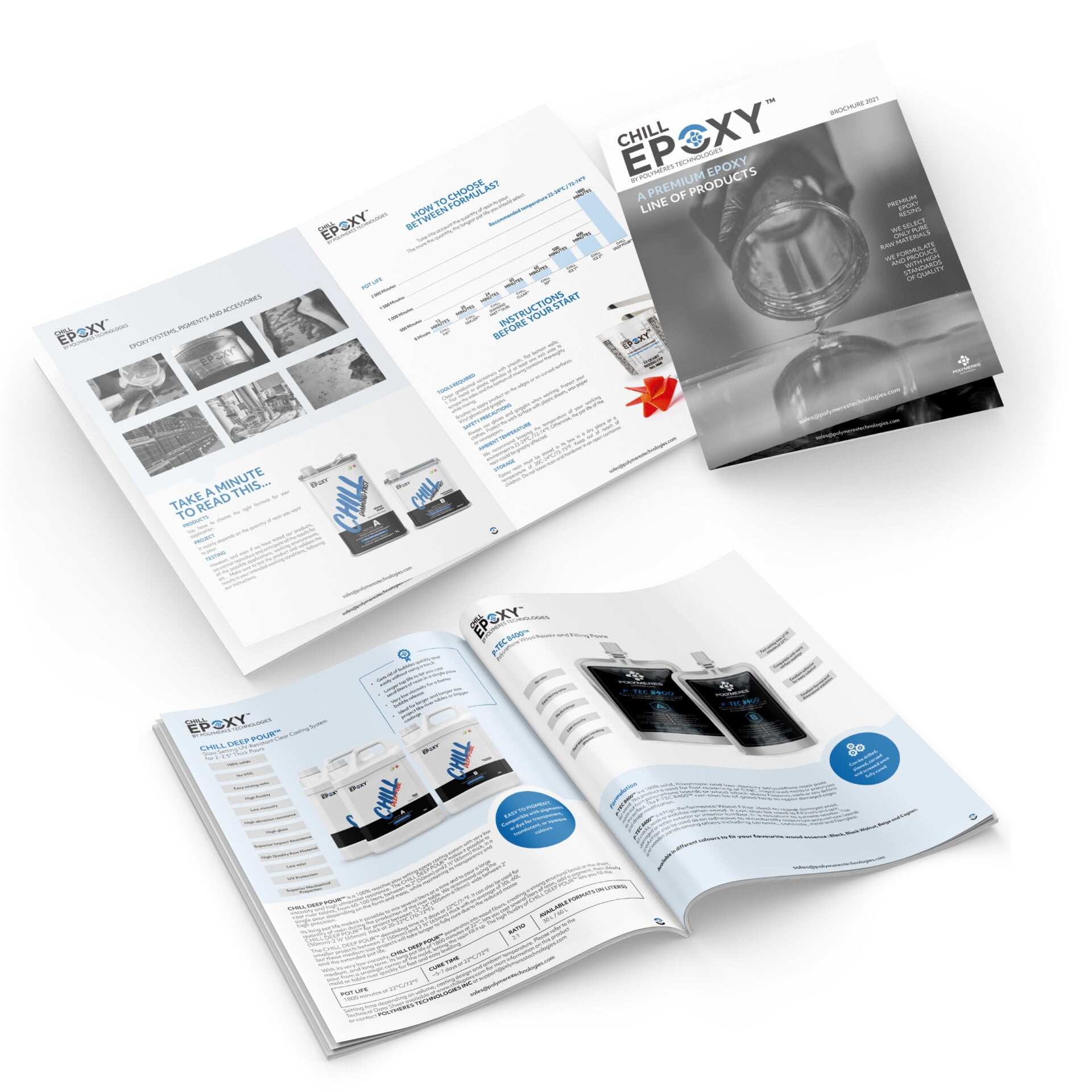



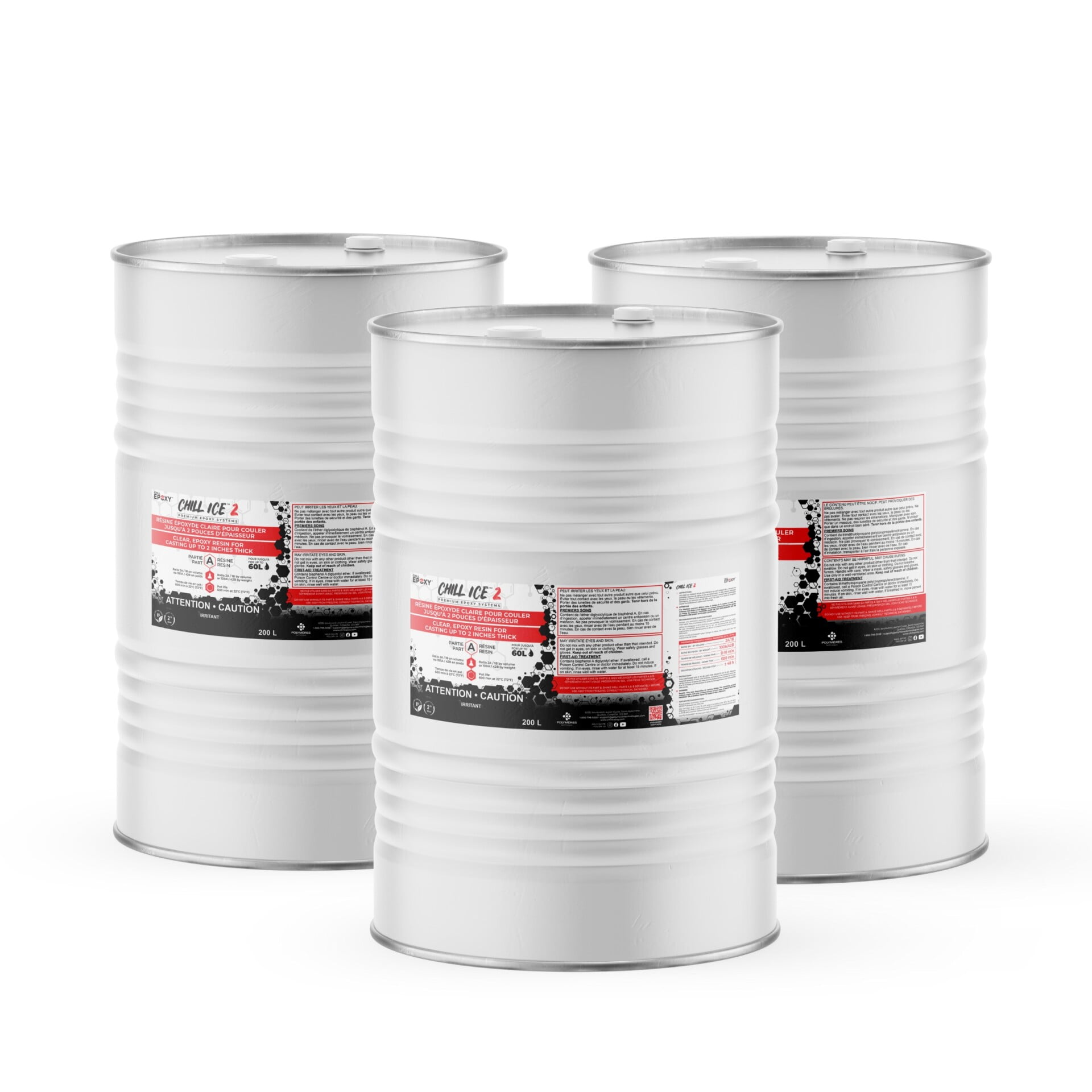

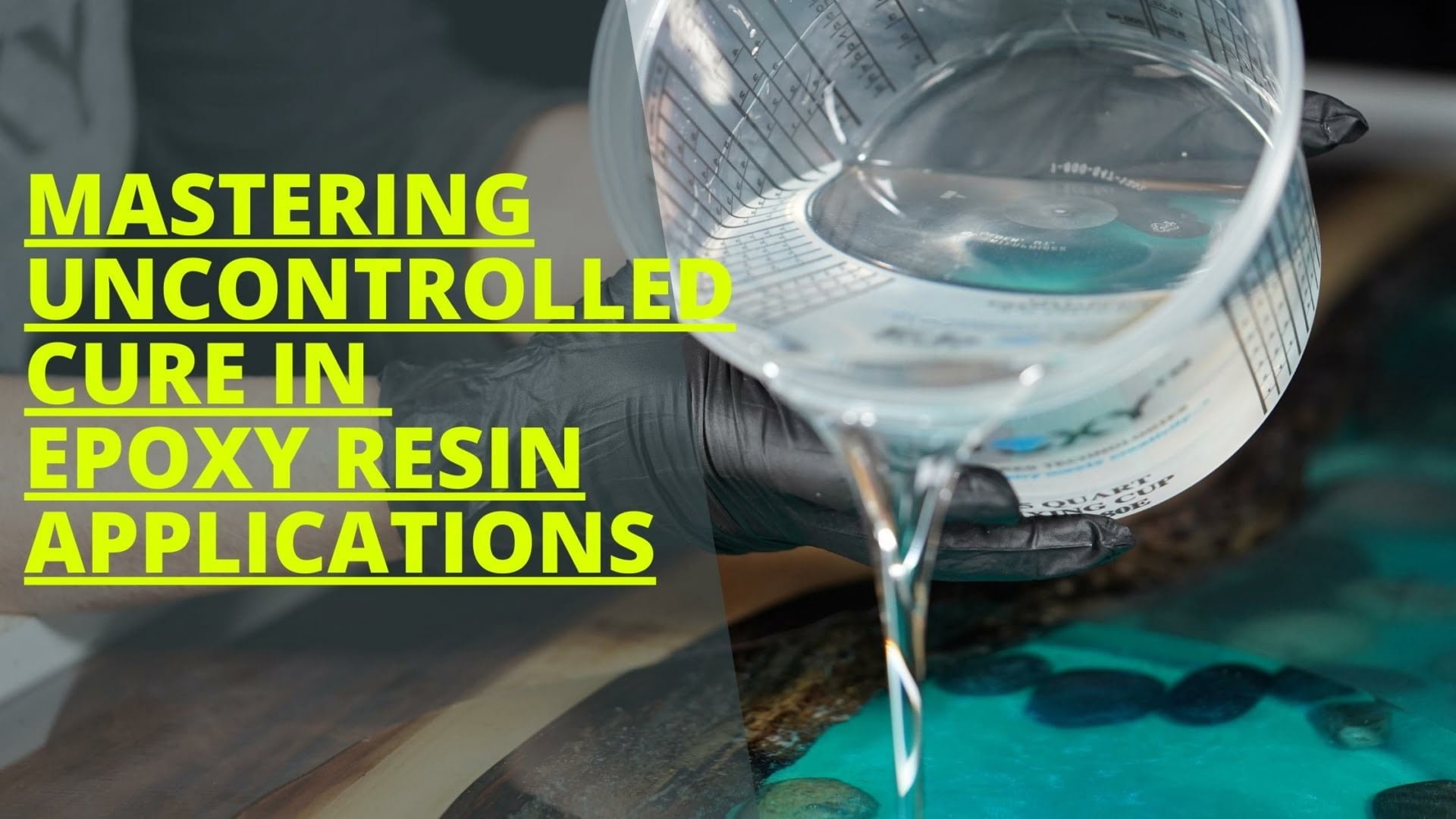
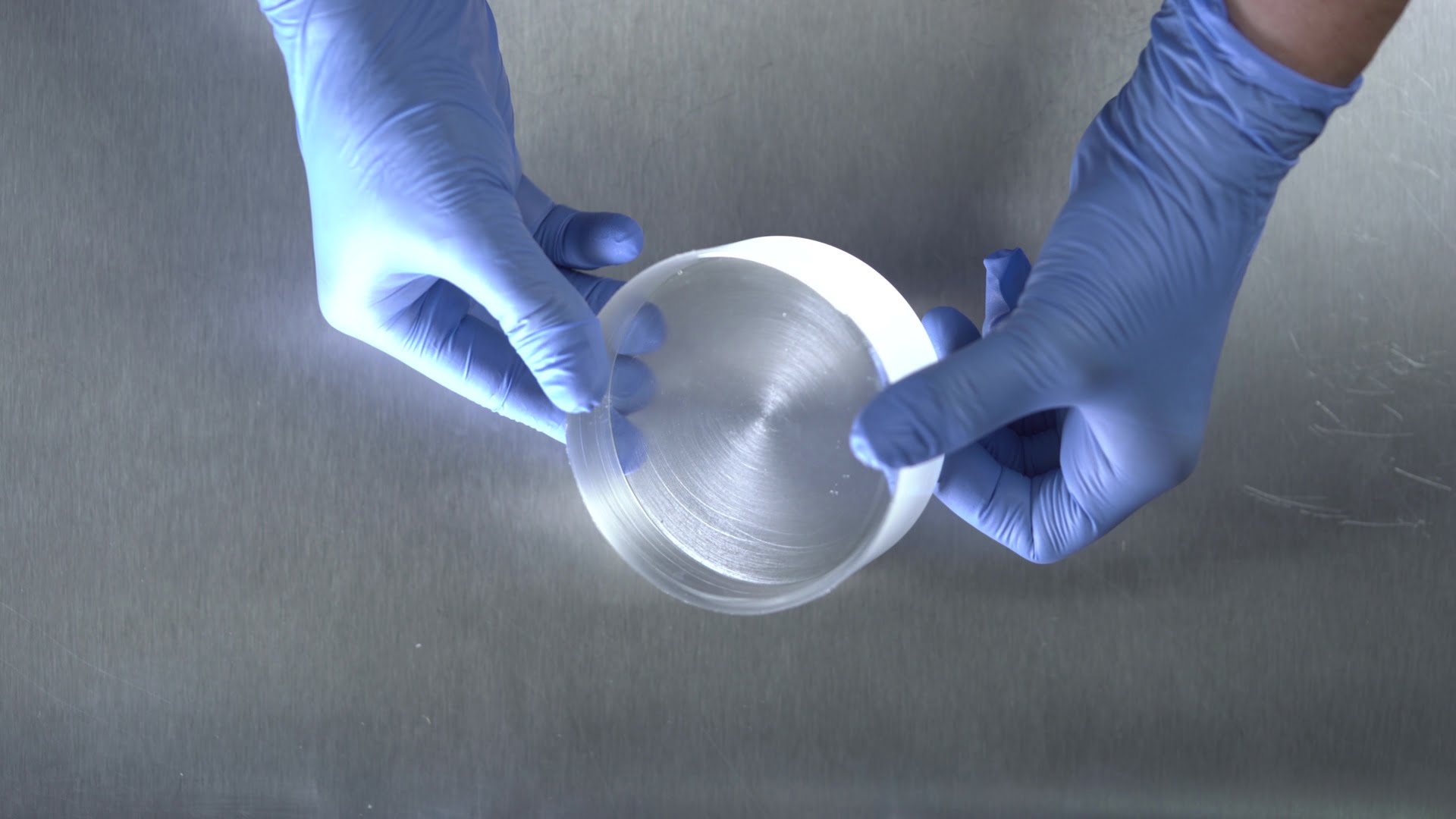 Mastering Uncontrolled Cure in Epoxy Resin Applications
Mastering Uncontrolled Cure in Epoxy Resin Applications